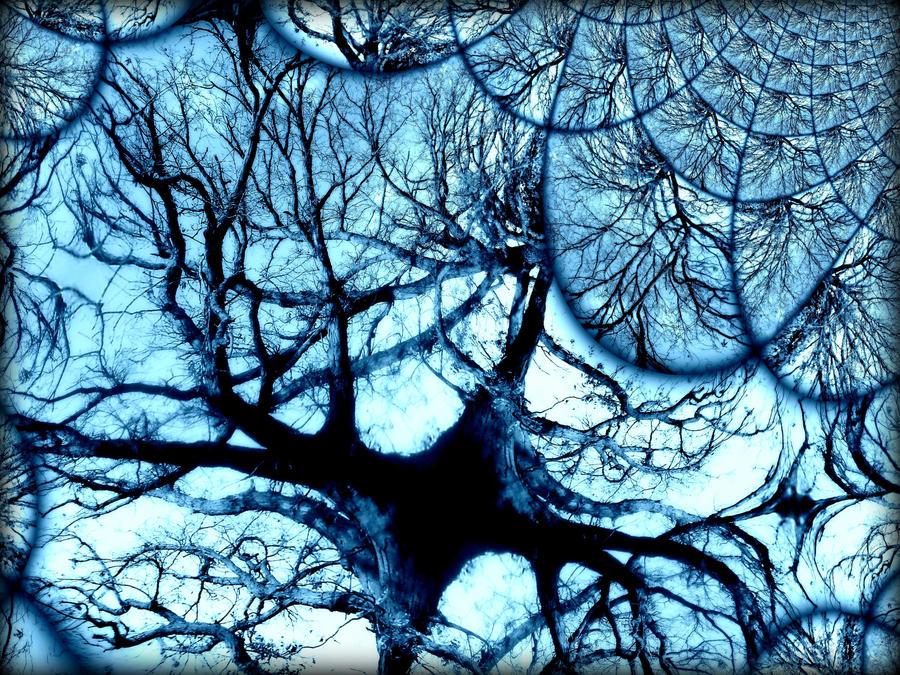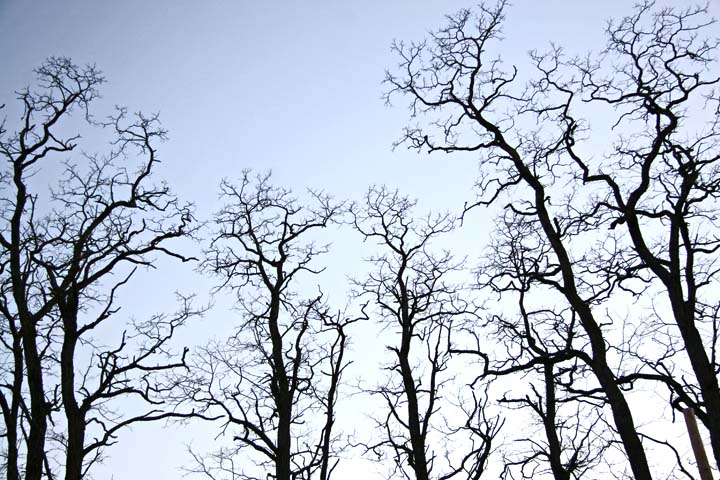Tuesday, November 27, 2012
Thursday, November 15, 2012
In
the illustration above, A is the centerpoint of the red circle. The red circle
is reflected across the yellow lines in four directions to create the ring of
overlapping identical circles around the red one. Each respective reflection of the original
red circle is marked by their center points-A’, A’1, A’2, and A’3. I added a
quadrilateral (the rotated blue square) drawn between the four center points of
each outer circle, and the space marked by Inner consists of all the area not
overlapped by the reflection circles. Given that the blue quadrilateral square
has a perimeter of 16, is it possible to identify the Inner area of the object?
Wednesday, November 14, 2012
Angle Chasing Shortcut #1
This nifty little diagram is of a triangle with angles a, b, and c. The exterior angles are marked a+b and a+c because they equal the sum of angles a and b, or however they are written out.
A simple proof of this is that since that the "sum angle" has to be a, b, or c minus 180˚, reason being that a line has an angle of 180˚ so the missing "sum angle" has to be the difference of the given angle and 180˚. Since the "sum angle"+b=180 and a+c=180, the "sum angle" has to be a+c or the other two angles.

I posted a slightly less complex version of the first image on the "Geometry Web" in the classroom without a proof just so nobody has a panic attack because they can't figure out why this is true. This diagram is useful for angle chasing because it allows us to skip over some angles that aren't necessary to solve, and we can all agree that addition is less time consuming than subtraction, so once applied to the sheet, you will just breeze through them at like 2 minutes per sheet or something really fast.

I posted a slightly less complex version of the first image on the "Geometry Web" in the classroom without a proof just so nobody has a panic attack because they can't figure out why this is true. This diagram is useful for angle chasing because it allows us to skip over some angles that aren't necessary to solve, and we can all agree that addition is less time consuming than subtraction, so once applied to the sheet, you will just breeze through them at like 2 minutes per sheet or something really fast.
Tuesday, November 13, 2012
Stellated Dodecahedron
I was messing around with shapes and created a dodecahedron (12 sided shape) I then put spike like things on it and asked Justin if it had a name. He said it was type of stellated dodecahedron which is a dodecahedron with points coming off it although usually it has five points like the one I later made below.
After a little while I constructed a dodecahedron out of paper and figured out how to make paper spikes to go on it.
Below is the finished dodecahedron. If you look you can see that it could be seen as consisting of 12 stars going through it not entirely sure how to type that but if you have any interest you can ask me in class some time and I will explain
In addition here are some links for anyone interested in learning more about stellation or stellated dodecahedrons :
http://en.wikipedia.org/wiki/Small_stellated_dodecahedron
http://en.wikipedia.org/wiki/Stellation
Brouwer's Fixed-Point Theorem: A Proof in the Works
Brouwer's fixed-point theorem goes thusly: if you hold two equal-sized sheets of paper, one above the other, and then crumpled the top sheet into a ball (while still keeping it above the bottom sheet), there will be one point on the top sheet that is still directly above the same point on the bottom sheet. It's a little bit difficult to wrap one's mind around, so I tried to find an image that would illustrate the idea.
The above image uses circular planes instead of rectangular ones, so I hope you can cope with that. But besides that, it's quite nice. Function f is the act of crumbling the paper, and, as you can see, point a remains unchanged. The location of a depends on how exactly you choose to crumple the paper, but it will always exist somewhere. Or so goes the theorem. We decided to prove it.
So, first, we decided to head back into two dimensions, where we felt more at home. In the second dimension, we must imagine two lines above one another, rather than two planes, but the concept is the same: transform the top plane, and one point on it will always remain at the same x coordinate once all the changes are made.
If the line is six units long, the top line has been moved two units to the right. But we can't be done here, because the top line is no longer fully above the second one. So we must transform again.
The above image uses circular planes instead of rectangular ones, so I hope you can cope with that. But besides that, it's quite nice. Function f is the act of crumbling the paper, and, as you can see, point a remains unchanged. The location of a depends on how exactly you choose to crumple the paper, but it will always exist somewhere. Or so goes the theorem. We decided to prove it.
So, first, we decided to head back into two dimensions, where we felt more at home. In the second dimension, we must imagine two lines above one another, rather than two planes, but the concept is the same: transform the top plane, and one point on it will always remain at the same x coordinate once all the changes are made.
Here is our starting point. Now, let's make some transformations. First, we can translate.
Now, the top line is fully above the bottom, and every point has been moved at least once. The top line is officially 'crumpled', albeit simply. So, let's take a closer look. Is there a point on the top line that is aligned with its partner on the bottom?
Well, if there is, it is obviously between point 4 and point 6, as everything else has been shifted to the left. All the points between 4 and 6 were shifted to left in step one as well, but they were then folded back to the right in step two, which, you'll remember, was necessary in order to balance out the offsetting of the translation. So, among the points between 4 and 6, it cannot be below 5, because the points between 4 and 5 on the top line do not overlap whatsoever with the points between 4 and 5 on the bottom. Just by looking at it, we can surmise that the point, is somewhere just above 5 - in a perfect world, we could approximate it to an infinitely accurate degree by counting points on both lines. Now, onto the cool bit: how do we prove this?
The answer lies in these two principles: the numbers we chose to mark units on the lines are completely arbitrary, and we can eliminate possible points based on our markers. Armed with these two facts, we can narrow down the possible locations of this point until we reach one remaining conclusion. For example, in our above example, the only conclusion we were able to reach was that the point lies somewhere just above 5 - not a very satisfying result. But what if we had decided to make the line 12 units long rather than 6, putting another marker between 5 and 6 (which would then be 10 and 12). Well, that would give us some more information (i.e., it can't be between 11 and 12, because the points between 11 and 12 on the top line do not overlap whatsoever with the same points on the bottom line). And you see if we added more markers, that would give us even more information as to where it cannot be, and we can do this to an infinite degree.
This is about where we are so far. There were a few more stray ideas out there, but this is the meat of it. This example illustrates that translating must be counteracted in some way so as to keep it from misaligning the two planes, and that counteraction can be measured in terms of knowable markers. I would hope the ideas carry over into 3D, but there is much we haven't accounted for (such as other forms of transformation), and there is much work to be done. So, I'll turn this one over to you guys.
Problem Solving by Jack E., Vikram A., William S., and Justin L.
Writeup by Jack E.
Tuesday, November 6, 2012
Fractals
Fractals are weird. We can all agree on that. But, in reality, Fractals are useful geometric objects, which can provide vital advances in technology, medicine, and other stuff that concerns daily life.
Fractals according to Merriam Webster dictionary are: any of various extremely irregular curves or shapes
for which any suitably chosen part is similar in shape to a given larger
or smaller part when magnified or reduced to the same size.
Fractals according to Wolfram Alpha are:
 (010101 Technical error 404; image not available)
(010101 Technical error 404; image not available)
But that is really technical, so my definition is: a shape or a line or a geometric form, that if you zoom in on a particular place on that shape or a line or a geometric form, you will see a similar image there, so a figure which repeats itself over and over and over again, the smaller you go.
But what are some uses of Fractals you may ask? Or you may not, but I'll still answer.
Fractals are used in Training programs for pilots in developing mountains, by stacking triangle on each other over and over again to the thousandth of an inch. The same goes for video games. How do you think the landscapes in Halo and CoD were made? How about Cellphone antennas. There is a reason the Android, iPhone, and Blackberry, Windows, Symbian phones don't have large radio antennae that you pull out; they have these;
That is a phone antenna in all its unmasked glory. Because of some forgotten or too complex equation, the larger the surface are of an object, the more radio waves, or things can connect with it, and the better the signal becomes. Also, in medicine, fractals are everywhere. Veins and arteries are fractals, because the more you zoom in, they continue to look the same while branching off. Same applies to tree branches.'
Here are some examples;


So there are some nature examples.
Here are some more traditional examples:
Mandelbrot's Set:
Gosper island:
Sierpinski curve:
But how are these related to Transformations?
Well, we get these transformations using two, possibly three ways. First, we copy the figure, or part of the figure. Then we dilate the figure and paste that figure at a certain part of the figure.
How we discovered Fractals, you ask?
Well, a guy by the name of Mandelbrot published a book about fractals, in which he talked about Fractals, and their uses, and examples, and how to make them. That book was published in 1975, and then the world was never the same again.
Written by Paul A. Goldgisser

That is a phone antenna in all its unmasked glory. Because of some forgotten or too complex equation, the larger the surface are of an object, the more radio waves, or things can connect with it, and the better the signal becomes. Also, in medicine, fractals are everywhere. Veins and arteries are fractals, because the more you zoom in, they continue to look the same while branching off. Same applies to tree branches.'
Here are some examples;



So there are some nature examples.
Here are some more traditional examples:
Mandelbrot's Set:

Gosper island:

Sierpinski curve:

But how are these related to Transformations?
Well, we get these transformations using two, possibly three ways. First, we copy the figure, or part of the figure. Then we dilate the figure and paste that figure at a certain part of the figure.
How we discovered Fractals, you ask?
Well, a guy by the name of Mandelbrot published a book about fractals, in which he talked about Fractals, and their uses, and examples, and how to make them. That book was published in 1975, and then the world was never the same again.
Written by Paul A. Goldgisser
Subscribe to:
Posts (Atom)









